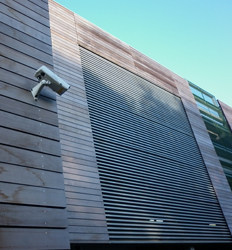New and available is a code of practice on the use by public authorities of Part II of RIPA – the Regulation of Investigatory Powers Act 2000 – to authorise covert surveillance that is likely to result in the obtaining of private information about a person. The code also provides guidance on entry on, or interference with, property or with ‘wireless telegraphy’.
The document covers the law, what are directed and intrusive surveillance, whether by CCTV or human trading standards or police or other officers; authorised procedures, and handling and using material. For the full 92-page code of practice visit the gov.uk website on this link. Among examples for guidance are these two:
Surveillance officers intend to follow and observe Z covertly as part of a pre-planned operation to determine her suspected involvement in shoplifting. It is proposed to conduct covert surveillance of Z and record her activities as part of the investigation. In this case, private life considerations are likely to arise where there is an expectation of privacy and the covert surveillance is pre-planned and not part of general observational duties or reactive policing. A directed surveillance authorisation should therefore be considered.
Local authority officers attend a car boot sale where it is suspected that counterfeit goods are being sold, but they are not carrying out surveillance of particular individuals and their intention is, through reactive policing, to identify and tackle offenders. Again this is part of the general duties of public authorities and the obtaining of private information is unlikely. A directed surveillance authorisation need not be sought.
Separately the Home Office has released guidance on dress code and standards of appearance for immigration enforcement criminal investigators. It says: “If you are covertly deployed or there is an operational need, and it is not suitable to dress formally, casual clothing may be worn at the discretion of the chief immigration officer (CIO). In these circumstances, the requirement to maintain the other standards defined in this code may also be relaxed. If you work in covert situations you should wear suitable clothing. However, when working on Home Office premises you will be expected to present a professional image and follow this dress code.”










